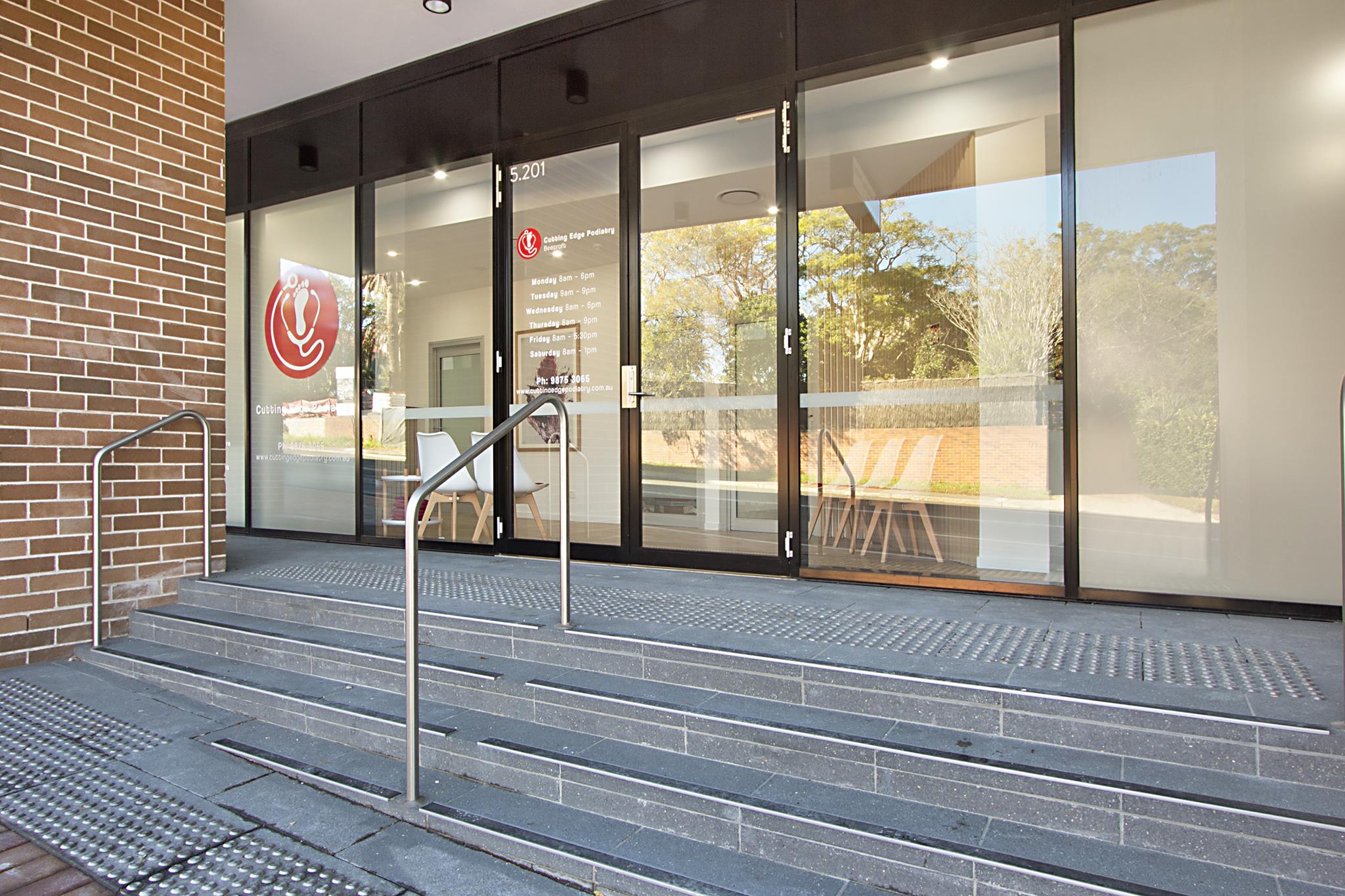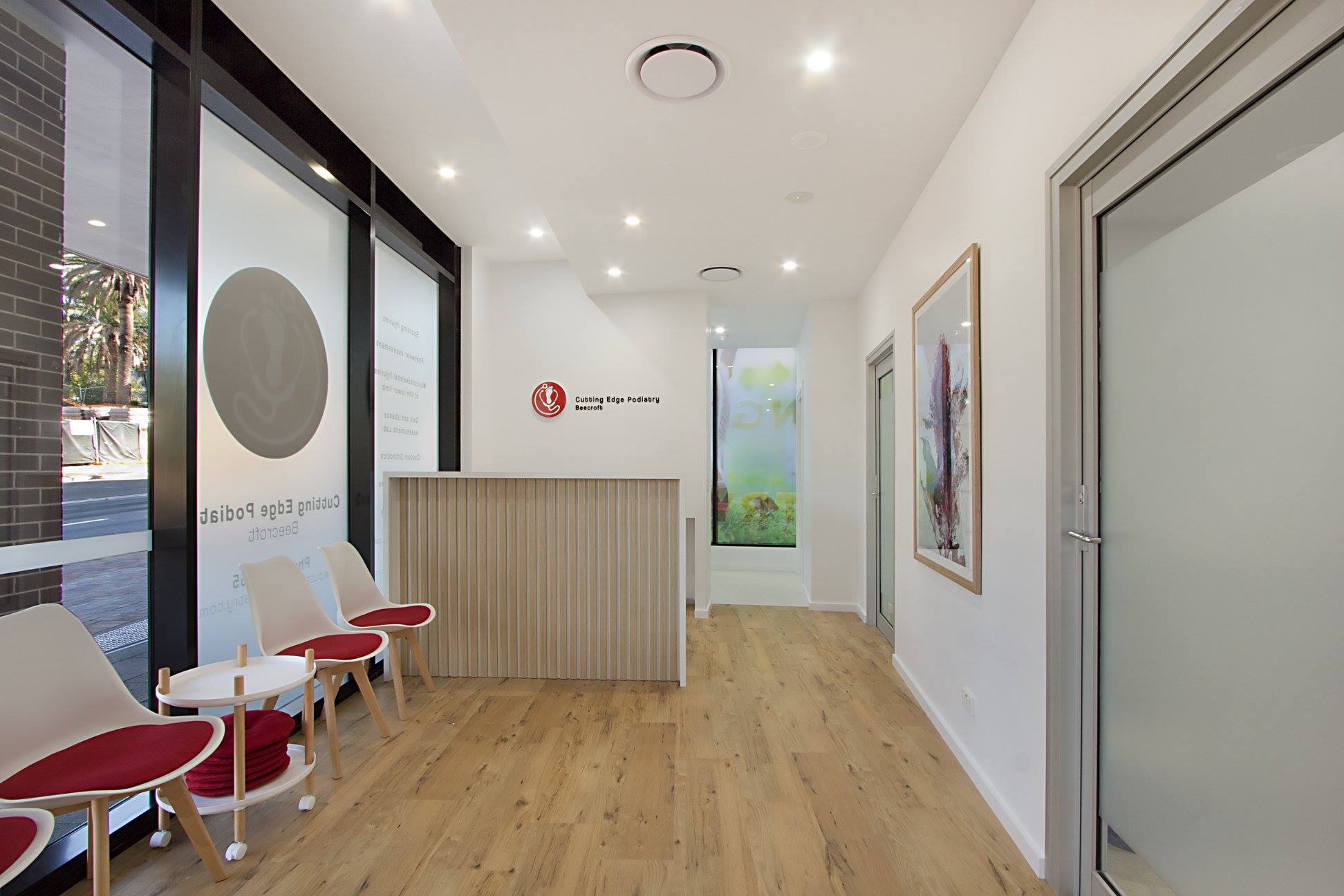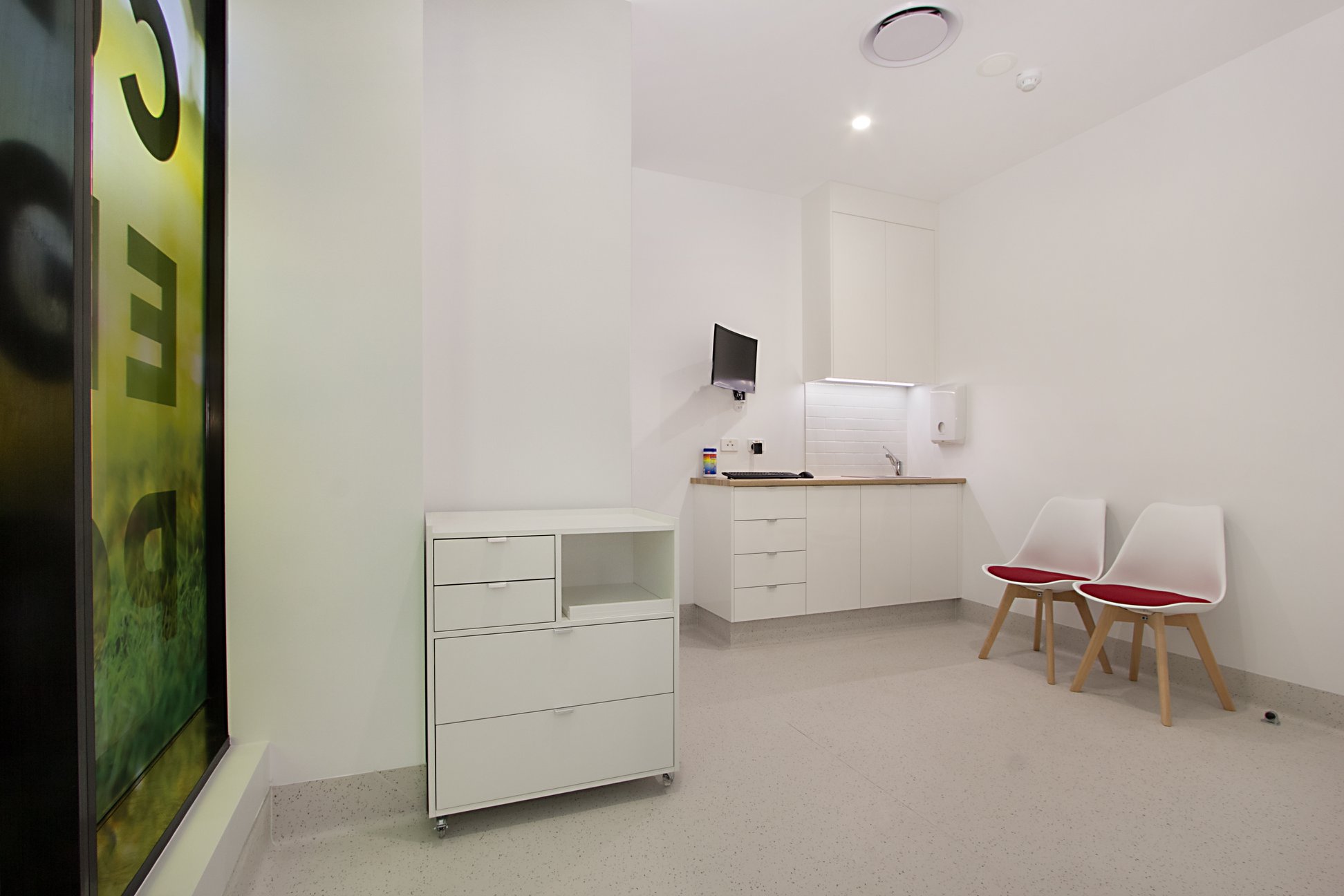Reducing your chance of a running related injury. With the world turned on its head for the time being due to Covid-19, many of us are finding new ways to keep fit. There are some short-term injury risks associated with running, but the benefits far outweigh the risks!
Injury Treatment and Prevention with Shock Wave Therapy
Treating Your Feet with Laser
Summer Ready Feet
Summer Is here, so if you haven’t thought about it already, now is the perfect time to prepare your feet to step into the summer weather. Follow these tips from our podiatrists here at Cutting Edge Podiatry to help you feel confident in showing off your feet by the poolside.
SHOES:
With the warmer weather comes the traditional Australian shoe strike and the customary sandal only days. Despite the urge to ditch your enclosed shoes for your airy cooling sandals you may want to give a thought about your soon to be stressed out feet. Whilst airing out your feet is recommended by our podiatrists’ supportive shoes are still necessary for your everyday functioning.
The best tip is to remain in your supportive shoes for most of your day. If you feel the need to wear sandals to stay cool, then try limit this to small time frames. For even better performance, try finding a sandal that has a thick sole and is arched as it will provide better foot support compared to most other sandals or thongs which are flat and thin.
CLEAN AND DRY FEET:
Summer heat and enclosed shoes can equal damp sweaty feet. Microorganisms such as bacteria and fungus thrive in these conditions, therefore it is vital to have a good foot hygiene routine to avoid nasties like athlete’s foot (Tinea) and onychomycosis (nail fungus). Fungal skin infections can commonly be mistaken as dry, cracked, itchy or raw skin, whilst fungal nail infections can appear with white superficial stains, deep yellow patches or have soft chalk consistencies. Treatments vary but the key is early detection and treatment to help your skin and nails recover. Contact your podiatrist as soon as possible to get expert advice on diagnosis and treatment.
SUNSCREEN:
The Australian sun is harsh and unforgiving so protecting your skin with sunscreen is vital. Many people forget about their feet when applying sun cream, and with a high incidence of undetected skin cancers forming in areas of your feet, it is vital to include them in your sun care routine. When applying sunscreen make sure you go over your nails as well as the tops, sides, bottoms and heels of your feet.
MOISTURISER:
Summer, for a lot of us, means dry cracked and dehydrated skin on our feet. Small cracks are not serious and can be alleviated with regular emollient. However large fissures which reach multiple skin depths can carry the risk of pain and infection. Regular emollient with a high urea content can help successfully manage these large cracks, however prevention and seeing your podiatrist regularly is key.
Diabetes and Caring for Your Feet
Diabetes, if left uncontrolled, can have an impact on your feet. Poorly managed diabetes may lead to impaired blood flow and impaired sensation of the lower limbs, particularly the feet. With the inability to feel your feet and poor blood supply the risk of injury and the inability to heal increases, increasing the risk of ulceration and infection. Poorly controlled diabetes may also result in altered foot type changing the mechanics of your feet resulting in a more ridged foot type, leading to increased pressure areas under the foot, increasing chances of callous, corns, and wounds forming.
BUT it is not all doom and gloom, Podiatrist are here to help, offering advice, tips and treatment to help you best manage any complications or concerns you have regarding your feet and your diabetes helping you to put your best foot forward.
How Your Podiatrist Can Help
Vascular system
Podiatrists are able to assess your blood circulation to your foot through non-invasive Doppler ultrasound. We are then able to monitor the blood flow to the lower extremities over a period of time and see any changes that may occur and report these findings to your General Practitioner.
Nervous System
Podiatrists can perform assessments to the neurological system of the foot and leg, identifying areas at risk of injury, monitoring change and helping to put strategies in place to prevent injury.
Dermatological status
Podiatrists are able to examine and treat specific skin concerns of the foot and lower leg including corns, callous, heel cracks, nail pathologies etc. Prevention, education and treatment of these concerns reduce your risk of diabetic foot related issues and keep you moving.
Foot Mechanics/Footwear/orthotics
Podiatrists can provide education on appropriate footwear and orthotics to help prevent rubbing and prescribe orthotics to help assist in redistributing and offloading high areas of pressure under the foot.
Self-Management Strategies
Foot Hygiene
Wash your feet daily and thoroughly dry, especially between the toes
Moisturise your feet to maintain good skin integrity to prevent skin from drying, which can lead to cracked heels.
Keep your feet covered with non-elastic topped clean socks to maintain good foot hygiene.
Daily Checks
Inspect your feet daily, watching for any irregular signs which may include; redness, swelling, heat, blisters, cuts etc.
Note: Use a mirror to help check the bottom of your feet if necessary.
Blood Glucose Levels (BGL’s)
Monitoring and documenting your BGL’s will give you a better predictor of how your sugar levels are and can give you an indication of what foods may be increasing those levels after eating.
It is best to check your BGL’s before eating and 2 hours after. Documenting these will aid Allied Health Professionals to better understand your diabetes.
Shoes
As diabetes may alter your mechanics and pressures, it is important to wear the appropriate shoes for your foot type.
Remembering to check your shoes for rubbing spots, rocks, sticks etc. which may go undetected and cause injury to the foot.
Lifestyle
Regular exercise has been shown to be very effective in regulating blood sugar levels.
Dietary changes to help reduce sugar intake and cholesterol which can block adequate blood flow to the foot.
Cessation of smoking and limiting alcohol consumption.
Are you a diabetic? Put your health first by seeing one of our accredited podiatrists today!
Start the footy season with the right boots for your feet!
No matter what code you are playing this winter; Rugby League, AFL, Rugby Union or Soccer, your footy boots can have a major impact on your performance and risk of injury!
Here are some tips when choosing the right footy boots for performance, structural stability and comfort:
Finding the perfect fit:
Have your boots professionally fitted to reduce the risk of lower limb injury. If required, orthotics can be made to fit your football boots.
Take along your footy socks and orthotics when trying on boots. Consider the width of the boots - a narrow-fitted boot can lead to problems such as ingrown toenails, forefoot pain, nerve pain and much more.
Selecting the right material:
Leather Boots: Leather will adapt to the shape of your foot quite quickly. These boots absorb water and may overstretch. The biggest positive wearing leather boots is that they provide some protection against being studded by opponents to the top of your foot during a game.
Synthetic boots: Synthetic materials are usually cheaper, hold their colours and logos better than leather boots. Usually waterproof, however when they become wet, they tend to lose their grip.
Stud height and placement:
Dependant on the surface you are playing on, whether it be grass or asphalt, the stud height/placement is something to consider. Boots that have lower stud height and greater distribution will increase the surface area of contact and should hold better, lowering the risk of lower limb injury. Poorly designed cleats have hugely impacted on lower limb injury rates. Longer studs become stuck in the drier, harder turf, adding to the twisting forces through the lower limb.
Alternate between footwear:
When training, alternate your footwear from runners to your football boots during drills. Wear runners that provide cushioned support during medium to long distance running drills, and then wear football boots during ball skill training. This will provide your feet with the comfort and support they require.
Cutting Edge Podiatry can assist with selecting the right footwear for you and will help to manage any issues you have, preventing further injury. Experiencing blisters, bruised nails or ingrown toenails, although very common, can be caused by friction or pressure forces, and are signs of a bad fit.
Back to School! What to Consider When Buying Your Child’s New School Shoes
Confused when buying school shoes? You’re not alone.
Here’s a comprehensive guide for what to consider when buying new school shoes
Did you know that your kids’ feet will spend up to 30 hours or more a week in their school shoes? This represents a large number of their school years spent within enclosed shoes, making it vital they’re fitted correctly.
Throughout a child’s school years their feet will grow and change along with their bodies, and therefore ill-fitting shoes can lead to problems in adulthood, such as ingrown toenails, corns, bunions and biomechanical changes.
Some handy tips will help everyone make an informed decision on the correct footwear.
Are both my feet the same?
Most children, and adults, will have one foot that is longer or wider, so it’s important to check both feet. As most shoes are sold as a pair rather then individually it is recommended to fit shoes to the longer and/or wider foot rather then the smaller one. The helps prevent cramming of the larger foot, especially around the toe.
Are my feet unique?
Your children's feet are still growing and the bones in their feet, still developing. Children’s feet come in all different shapes and sizes, some may have flat flexible feet, some may have high arches that are more rigid. Neither are good nor bad, however you should try and get a shoe that corresponds best to your child foot structure and appearance. If you’re unsure of your child’s foot type or what shoes suits best, then you should consult a podiatrist.
Do my feet fit correctly in these shoes?
If you're unsure whether new school shoes fit correctly or not, a good place to start is with the toes. Children should be able to move their toes freely, ideally have a thumbs width from the longest toe to the front of the shoes, the shoes shouldn't hurt and there should be no bulges from the toes on either side of the shoe. This should be done whilst standing as it takes in to consideration soft tissues expansion that we all get from non-weightbearing to weightbearing.
Can I pass down shoes from my other children?
Ideally shoes should be bought new and not be handed down in the family. Worn shoes will have moulded to the shape of the previous child's foot and could cause problems for your child's feet. Remember feet are unique. Slip-on shoes are also not recommended for long-term use, with podiatrists advising lace-up, Velcro or buckle-up shoes for school children.
Are growing pains normal? Is it growing pains?
In years gone by, children complaining of pain in the legs and feet would be told not to worry as it was just due to 'growing pains'. Expert opinion has since changed, and podiatrists now recommend parents get any foot or leg pain checked out, as most foot pain in children is preventable.
When to see a podiatrist
If any of the below are exhibited, it may be time for a check-up with a podiatrist.
Children complaining of pain in the feet, heel, knee or legs
Unexplained tripping and falling that is more frequent or regular then other children of a similar age
Irregular shoe wear
Skin or toenail irritation
Pain whilst or after exercise
Any other lower limb related complaint that does not resolve spontaneously
Merry Christmas & A Happy New Year
Just a reminder that we will be closed over Christmas from the 23rd of December and will reopen on the 7th of January🎄🎄
We thought we would also take this opportunity to announce that we have recently introduced our very own Instagram page @cuttingedgepodiatry. Please like us, follow us or leave a review :)
You may also like to follow us or leave a review through Google or Facebook. It’s always great to hear our patients feedback so that we can continue to provide a great service to our customers :)
Thanks again everyone for another great year, see you in 2019!
Merry Christmas and have a Happy New Year!
6 Tips for Healthy Summer Feet
WELCOME
It has been an exciting year here at Cutting Edge Podiatry, from introducing two new partners to relocating to a brand new clinic (photos below :)), and we would now like to introduce you to our brand new Advice & Tips Blog.
The blog will act as a link to our patients, to provide any practice updates including opening times or new staff. We will also be providing informed articles on a range of podiatry topics including How to Keep Your Feet Healthy During Summer, and How to Choose Your New School Shoes.
We are really excited about the blog and hope you are too!
We would also like to take this opportunity to THANK YOU for all your support during 2018. We know that sometimes changes are not suitable for all, but we hope that we have been able to accommodate any concerns you have had.
P.s. we are also about to introduce a new Instagram page (@cuttingedgepodiatry), and in December we will be introducing a new email newsletter that will focus on bringing more articles and tips to our patients.
Our new clinic:











